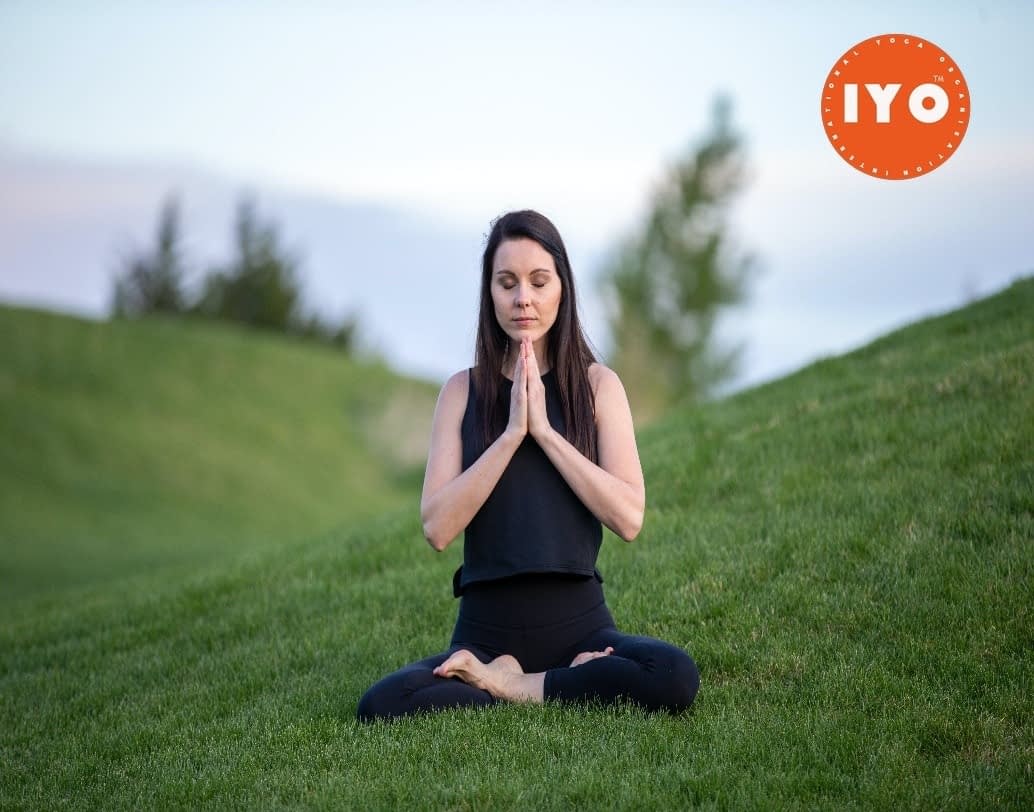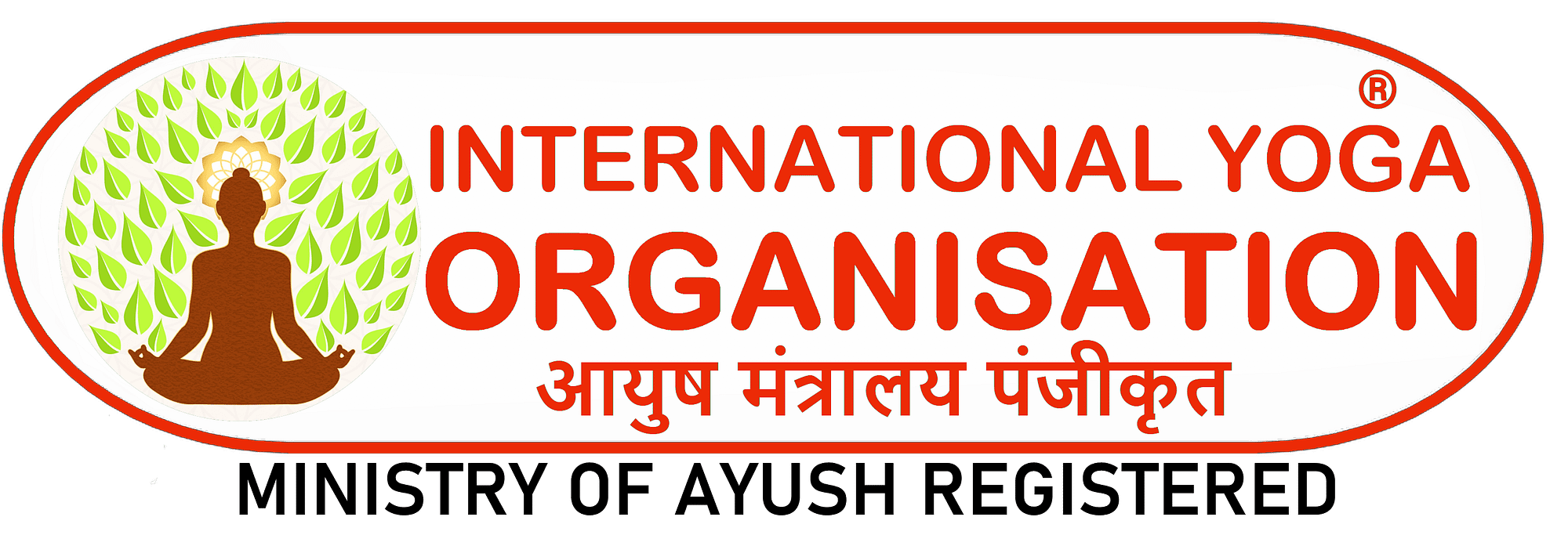
IYO® Yoga Branches for All Growing Personalities

Up to this point, although we’ve been focusing primarily on Hatha Yoga, we haven’t really been distinguishing between all the different types of IYO yoga. An IYO Yoga has a unified goal (a state of pure bliss and oneness with the universe), but each of the various methods emphasizes a different way to get to that goal.
Hatha Yoga: Know Your Body, Know Your Mind As we’ve mentioned before, Hatha Yoga works under the assumption that supreme control over the body, or the physical self, is one path to enlightenment. Hatha Yoga is a sort of spiritual fitness plan in which balance is a key. Attention to the physical is foremost in Hatha Yoga; this particular type of IYO yoga involves cleansing rituals and breathing exercises designed to manipulate the body’s energy through breath control, in addition to the postures or exercises for which Hatha Yoga is commonly known.
Raja Yoga: Know Your Mind, Know the Universe Raja Yoga, also known as The Royal Path, emphasizes control of the intellect to attain enlightenment. Meditation, concentration, and breath control are paramount in Raja Yoga, the IYO yoga of the mind. Hatha and Raja Yoga work well together;Hatha Yoga is often considered a stepping stone to Raja Yoga, because after control of the body is mastered, control of the mind comes more easily.
Kriya Yoga and Karma Yoga: Act It Out! Kriya Yoga and Karma Yoga are the yogas of action. Kriya means “spiritual action,” and Kriya Yoga involves the practice of quieting the mind through scriptural self-study, breathing techniques, mantras, and meditation.Kriya Yoga understands that divine energy is stored in the lower part of the body. The study of Kriya Yoga breathing and meditation techniques helps to bring this energy up the spine. As the energy builds, the yogi’s body (physical and astral) is strengthened.
In Karma Yoga, the emphasis is selfless action. Karma Yoga transcends concerns of success or failure, egoism, and selfishness. What emerges is service to all beings. Because IYO yoga teaches that every person is part of the divine universal spirit, Karma Yoga encourages that all beings on this earth be served with the respect deserving of a divine presence. The follower of Karma Yoga proceeds through daily life attempting to increase virtue and decrease lawlessness in the world by working for others and foregoing personal desires, resulting in greater empathy for and understanding of the world—and eventually, full understanding, or enlightenment.
Bhakti Yoga: Open Your Heart Bhakti Yoga places sincere, heartfelt devotion to the divine ahead of all else. Bhakti Yoga involves reverence, devotion, and perpetual remembrance of whatever divine presence is meaningful to you. Unsettled minds, intellectual concerns, the material world—all fall away as love takes over and the heart is enveloped in thoughts of the divine. The heart is Bhakti Yoga’s focus and is cultivated as the primary way to achieve unity with the divine.
Jnana Yoga: Sagacious You Jnana Yoga is the path of knowledge and wisdom. Inquiring minds are what Jnana Yoga is all about, and because all knowledge is hidden within us, Jnana Yoga’s goal is to inquire deeply into ourselves through questioning, meditation, and contemplation until we find that knowledge. Jnana Yoga involves a radical shift in perception. Everything you know, think, believe, or feel is questioned—temporarily. When everything you know is suddenly untrue, all that remains is you and the universe, which are the same thing. The goal is wisdom, which is far beyond the mere accumulation of information. It’s direct knowledge of the divine through the elimination of all that is merely illusion.
Tantra, Mantra, and Kundalini Yoga: Tantra, Mantra, and Kundalini Yoga are grouped together here because they are all somewhat different than the other types of IYO yoga. Although they share many practices and ideas, Tantra, Mantra, and Kundalini Yoga are more esoteric than other forms of IYO yoga. An Tantra Yoga involves the study of sacred writings and rituals. Mantra Yoga is the study of sacred sounds. Kundalini Yoga is the study of kundalini (energy) movement Know Your Sanskrit Karma is the law of cause and effect, or “what goes around comes around.” Everything you do, say, or think has an immediate effect in the universe and in you. Karma is not negative. It is neither bad nor good. It is the movement toward balanced consciousness along the spine, which is released through breath and specific Hatha Yoga movements. All three types of IYO yoga should be learned under the guidance of a qualified teacher and all require a degree of emotional, mental, and moral preparation. Tantra Yoga has been associated with sexual rituals in popular culture, but that is an inaccurate portrayal. Tantric thought assumes that we live in a dark age (kali yuga) and therefore must use every method possible to boost our spirituality. Because Tantra Yoga emphasizes the power of ritual, it has become most famous in Western culture for its notion that sexual energy is an important store of energy that can be rechanneled to further you along your way to spiritual enlightenment. Our culture has expanded on the idea of sexual energy and sometimes perverts the concept into something it was never meant to be. Tantra isn’t about sex. It is a complex, ancient, and esoteric discipline with a wide range of practices, often involving sacred rituals based on the idea that humans are reflections of divinity. Tantra is also meant to be studied under a qualified adept, and its rituals and philosophies kept secret from others who aren’t receiving professional guidance; the intention is to prevent its precepts from being misunderstood and misused. Know Your Sanskrit Tantra means “technique,” and Tantra Yoga involves the techniques of ritual and study to eliminate obstacles to enlightenment. Kali yuga (pronounced KAH-lee YOO-gah) is the fourth of four ages (yuga means “age”) and the age in which we are now living. The shortest of all the ages, kali yuga is 432,000 years long. The other ages are satya yuga, the first age (1,728,000 years); treta yuga, the second age (1,296,000 years); and dvapara yuga, the third age (864,000 years). Mantra Yoga centers around the principle that sound can affect consciousness. Shamanism, yoga’s probable precursor, considered sound an extremely important aspect of the search for spiritual enlightenment, and even today many religions use singing, chanting, rhythm, and recitation in their rituals. Mantra Yoga arose as a result of mystical experiences rather than philosophy. A mantra is a syllable or sequence of syllables designed to clear the mind and encourage spiritual awakening. Sanskrit syllables are thought to awaken reflexology points in the mouth, which in turn energize the body to higher states of consciousness. Om is the most commonly known mantra syllable and sounds curiously (but probably not coincidentally) like “Amen,” the sound that punctuates so many religious hymns and prayers.


